 By:
Amos Mwaniki
By:
Amos Mwaniki
In the backdrop of the green leaves that have triggered debates and legislation over the years, lies a controversy that has persisted in popular culture and the scientific community: are there truly significant differences between Cannabis Sativa and Indica strains, or is it perhaps an unfounded duality?
The sun timidly filters through the clouds over the botanical research laboratory where a group of scientists immerse themselves in the genetic analysis of cannabis plants. Here, in this corner of knowledge, they seek to unravel the enigma surrounding two of the most well-known strains: Cannabis sativa and indica. As researchers delve into their studies, they discover that reality is much more complex than popular culture suggests.
We interviewed Dr. Martín Herrera, a botanist and geneticist leading this research. “It is a mistake to simplify cannabis into a dichotomy between Sativa and Indica,” he tells us while examining leaves and flowers under the microscope. “The distinction between these strains has been largely perpetuated by the market and popular culture, but genetically, the differences are much less clear.”
As we delve deeper into the research, we discover that traditional classifications are based on phenotypic characteristics, such as plant height, leaf shape, and perceived psychoactive effect. However, these characteristics result from a complex interaction between the plant’s genes and the environment in which it grows, making classification subjective and variable.
Dr. Laura Sánchez, an expert in phytocannabinoids, points out: “The genetic diversity within each strain is so vast that two plants classified as sativa can have very different chemical profiles and effects. Variability is a constant in the world of cannabis.”
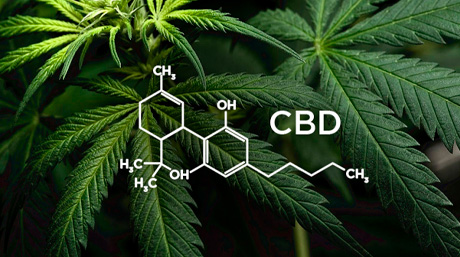
In this journey through the science of cannabis, we also explore the cultural and social history surrounding these strains. From the demonization of marijuana in the United States in the 20th century to the rise of legalization and acceptance today, the labels of sativa and indica have been used to describe experiences and effects, often without a solid scientific basis.
With the emergence of hybrid strains and a growing understanding of genetic variability, some growers and consumers advocate for a more precise classification based on chemical profiles and terpenes rather than traditional labels. This raises the question: is it time to abandon the dichotomy between sativa and indica?
As the sun sets over the laboratory, we leave the scientists immersed in their studies, challenging entrenched perceptions and advocating for a deeper and more precise understanding of the cannabis plant. On the horizon, the controversy persists, but amidst the green shadows, a more nuanced and complex truth about cannabis and its countless strains seems to emerge.

Cannabis, an herbaceous plant belonging to the Cannabaceae family, is an annual species originating in the Himalayan foothills of Asia. Since ancient times, it has been cultivated for its various applications, including textile fiber production, oil extraction from its seeds, and medicinal uses, with records dating back to 2737 BC. It has also been used as a psychoactive substance.
The versatility of cannabis is reflected in its fiber, used in the manufacture of clothing, ropes, industrial textiles, and paper, as well as in the oil extracted from its seeds, which is used as fuel and food for both humans and animals. Additionally, many cannabis varieties have psychoactive properties, with those with low THC content known as “hemp” and varieties with higher levels of this compound, especially present in the buds of female plants, known as marijuana.
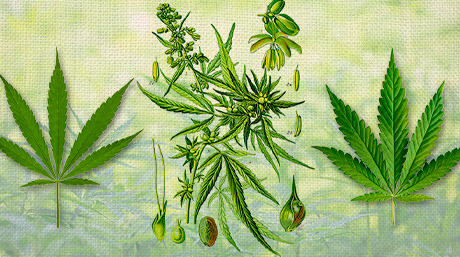
Despite its long history of human use, in recent times cannabis cultivation has been subject to prohibitions and regulations in numerous countries due to its psychoactive properties.
The formal classification of the species was first made by Carolus Linnaeus in 1753.
In terms of botanical description, cannabis is an annual herbaceous plant with opposite, palmate, and compound leaves. Its characteristics include wind-pollinated flowers, both male and female, with cymose inflorescences. Male flowers are branched, while female flowers are more compact, with a tubular calyx.
At the microscopic level, cannabis has curved stinging hairs and bracts of the female inflorescence with abundant secretory hairs.
In terms of pharmacology, the main psychoactive component is tetrahydrocannabinol (THC), although the plant contains over 500 compounds, including at least 113 cannabinoids. Among these compounds is cannabidiol (CBD), which is non-psychoactive but can block the effects of THC on the nervous system. The chemical composition varies among different cannabis varieties, which can produce different effects on users. Additionally, there are synthetic forms of THC, such as dronabinol, which may have pharmacological effects different from natural cannabis preparations due to the absence of other cannabinoids such as CBD and CBN.

Cannabis Indica, also known as indica marijuana or Indian hemp, is a variety of cannabis plants originating in Central Asia, specifically in countries such as Pakistan, Afghanistan, Tibet, and Morocco.
Compared to its counterpart, Cannabis Sativa, indica varieties are notably smaller, denser, and bushier plants, rarely exceeding two meters in height. Its leaves, dark green with high chlorophyll content and little pigment, are distinctive. The flowering period of Cannabis Indica is usually 6 to 8 weeks after its vegetative growth, making it suitable for indoor cultivation due to its compact stature and bushiness.
The flowers of this plant are known for their breadth and density, offering a variety of aromas and flavors ranging from sweet and fruity to pungent. The high levels of CBD present in its flowers, commonly called buds, are responsible for its relaxing and potentially sedative effects. Medicinally, it is used to treat insomnia and relieve pain, highlighting its potential as a natural sedative.
The history of Cannabis Indica dates back to its discovery in India, where varieties with psychoactive properties were found, giving rise to hashish. Jean-Baptiste Lamarck, a French biologist, coined the term “indica” in 1783, upon observing the differences between European hemp and medicinal plants cultivated in India.
Due to its high Cannabidiol (CBD) content, this marijuana variety has long been used for medicinal purposes, primarily as a sedative agent.
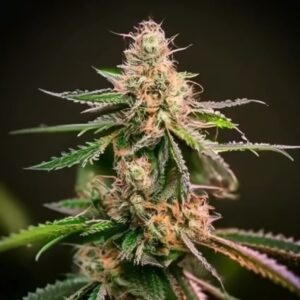


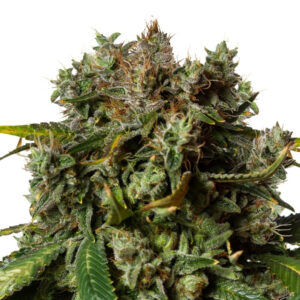

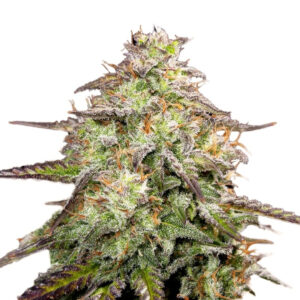
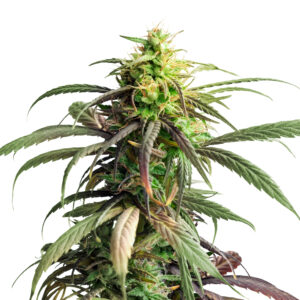






Related Posts
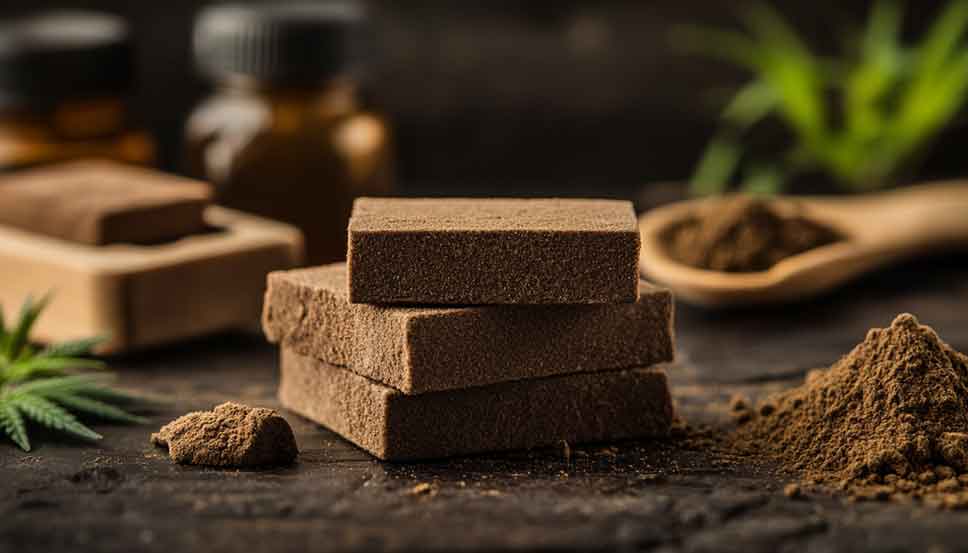
Hashish vs charas: Two ancient cannabis concentrates with distinct methods and effects. Learn how they differ and which one might suit you best.
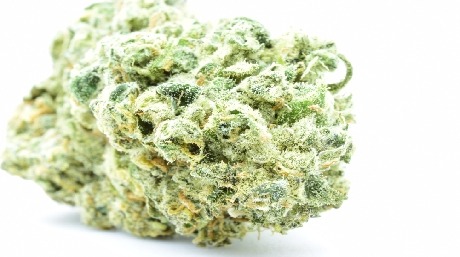
Especially if you do not have much experience with growing Marijuana, it is advisable to choose a stable and recognised cannabis strain such as White Widow.
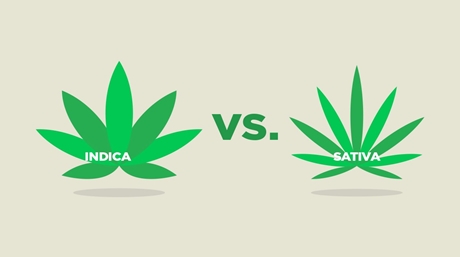
Cannabis Indica describes the psychoactive varieties discovered in India, where it was harvested for its seeds, fiber, and hashish production. Cannabis Indica was named by Jean-Baptiste Lamarck. Indica refers to stout, broad-leaf plants that provide sedating effects. Cannabis Sativa describes hemp plants found in Europe and Western Eur-Asia, where it was grown for its fiber and seeds. Cannabis Sativa was named by Carl Linneaus.